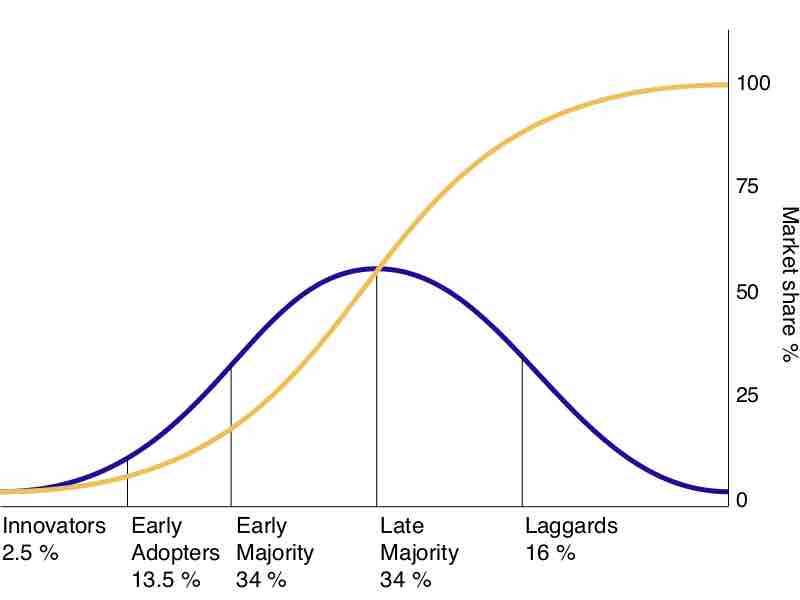Remaining competitive and remaining technologically vigilant are virtually synonymous at this point in business development. Companies must prioritize their ability to assess their technological needs, particularly as they may relate to achieving optimal efficiency and productivity. There are various concepts that are typical of this managerial technology assessment strategy:
- Technology Strategy - identifying the logic or role of technology within the company.
- Technology Forecasting - identifying applicable technologies for the company, potentially through scouting.
- Technology Roadmapping - ascertaining the trajectories of technological advancement and applying business or market needs to this assessment.
- Technology Portfolios - accumulating all technologies relevant to products or operations to determine which are ideal for internal implementation.
All four of these strategies revolve both around information gathering and introspection into business operations and processes. All four can be improved upon through technological advances. Integrated planning in pursuit of optimization through new technologies keeps efficiency at or above competitive levels. This internal technology assessment also includes noting when and whether it is necessary to construct employee training programs for new technology.

Technology and Market Share
As successive groups of consumers adopt new technology a bell curve emerges - this is referred to as the innovation adoption life cycle (the blue bell curve on the above graphic). The percentages on the x-axis indicate the size of the populations (relative to the entire consumer group for a given good) in each segment. By keeping pace with technological innovation, and offering products early enough to capture the majority of the market, businesses can gain competitive advantage. If a business is too late to enter a newly emerged technological market, it can be quite difficult to attain a high percentage of the market share, as represented on the y-axis (which has often been claimed by other incumbents, as the intersecting yellow line on the graph indicates).